Early-Season Elk Hunting Strategies
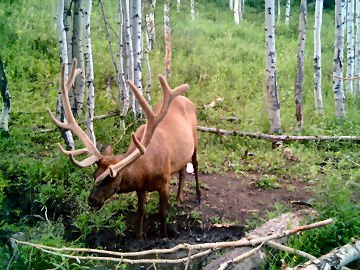
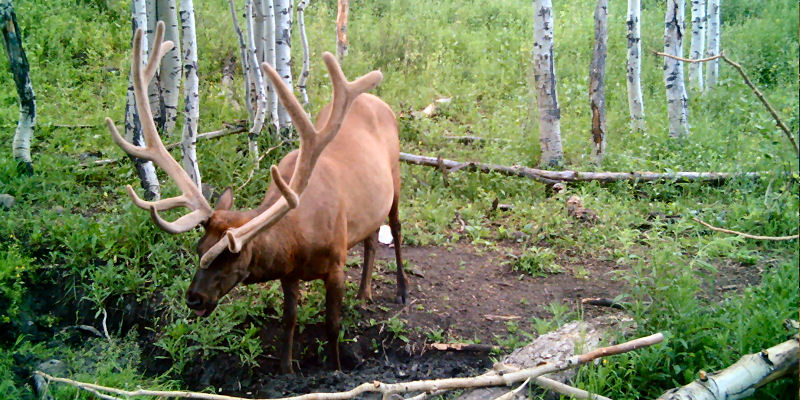
As I talk with fellow elk hunters, I often get asked the question: “What is the ‘best’ week to hunt elk?” Honestly, I love hunting screaming bulls in the middle of the rut, but the timing of that ‘magical’ week can vary from state to state and area to area. If I were to choose the “best” week to hunt elk, I would say somewhere in the middle of September depending on the moon phase (click here to read Dirk Durham’s article on 2015 moon phases).
Here in Utah, however, the elk hunt starts in the middle of August and ends in early September, usually before the rut is even in full swing. Due to the dates of the season, I have had to adapt to using early elk hunting strategies to be successful. In this article, I’ll share a couple tips and strategies I use for harvesting and taking care of an animal in late summer before the rut really gets fired up.
Find their Water Source
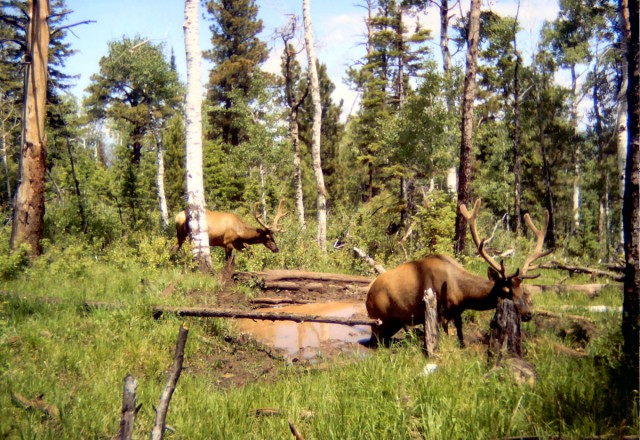 The climate throughout the west is typically very arid and hot during the summer months. In these hot climates, elk will often drink twice a day. Therefore, a key strategy for early season elk hunting is to find a well-used water source and set up a treestand or blind to ambush the elk when they come to water.
The climate throughout the west is typically very arid and hot during the summer months. In these hot climates, elk will often drink twice a day. Therefore, a key strategy for early season elk hunting is to find a well-used water source and set up a treestand or blind to ambush the elk when they come to water.
If you happen to find a wallow, this can be another excellent place to set up. Bulls will hit wallows from mid-August through the month of September as a way to cool off, and in many cases, show aggression. I have witnessed bulls rolling around in a wallow, and then standing up and tearing up the wallow and surrounding shrubs with their antlers. Bulls will hit wallows throughout the day, but I have personally seen the most activity at wallows in the late morning or early afternoon. Most often, the bulls split off from the herd and wallow before settling into their bedding area. The same applies when they head to their feeding areas in the evening. Finding an elk herd’s primary water source will definitely be a key to your early season hunting success.
Trail Cameras
Most of us who hunt on public land don’t have the luxury of hunting unpressured elk. Pressured elk usually means quiet elk, especially early in the season. Quiet elk are hard to find, so, along with my first strategy of finding water, a really good strategy to locate and pattern elk in an area is to utilize a trail camera. Setting up and checking trail cameras has become one of my favorite activities (read Toby Gangler’s article on Trail Cameras by clicking here).
I love to see the way elk behave and interact in their natural environment. I have hunted a piece of public land here in Utah for several years in a row, and I’ve only heard a handful of bugles in all my time in the woods. In fact, the forest is so dense, most people I talk to don’t even see an elk in this area. But I know they are there because of the pictures on my trail cameras. From the camera, I have been able to observe when they they rub their velvet, and most importantly, pattern them to know when the best times are to hunt them. I find success when most folks don’t believe the area even holds elk, and I owe a lot of that to the use of my trail cameras.
Take Care of the Meat
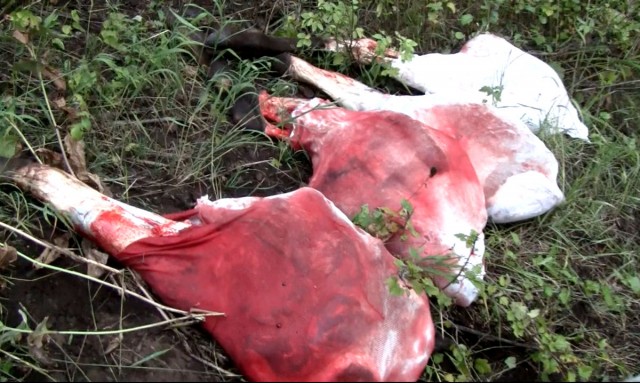 The third early season strategy I’ll mention here is meat care. The archery elk hunt in Utah started just over a week ago. As I sat near one of my favorite water holes on opening day, the temperatures where pushing a ridiculous 90 degrees. I was 10 miles deep in the backcountry and being attacked by blowflies. The thought did cross my mind that if I shot an elk, these flies would literally eat me, and my precious elk meat, alive. I didn’t end up getting an elk, but if I didn’t have a game plan, the chances of losing some of the meat would have been fairly high.
The third early season strategy I’ll mention here is meat care. The archery elk hunt in Utah started just over a week ago. As I sat near one of my favorite water holes on opening day, the temperatures where pushing a ridiculous 90 degrees. I was 10 miles deep in the backcountry and being attacked by blowflies. The thought did cross my mind that if I shot an elk, these flies would literally eat me, and my precious elk meat, alive. I didn’t end up getting an elk, but if I didn’t have a game plan, the chances of losing some of the meat would have been fairly high.
The No.1 cause of meat spoilage is an animal’s own body heat which is typically about 99 degrees. When an animal dies, its internal temperature can actually rise. This is due to the muscles continuing to generate heat while the cooling mechanism –the circulatory system – has completely shut down. The key to preventing bone sour is to lower the meat temperature as quickly as possible. I utilize the gutless method as outlined here on Elk101.com.
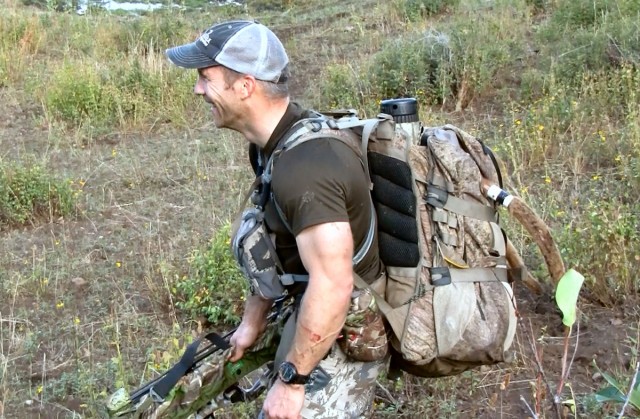 The first thing I do is remove the hide on one side of the elk as quickly as possible. I then remove the quarters, back straps, rib and neck meat, and inside tenderloins. Then, I roll the elk over and repeat the process on the opposite side. In extreme temperatures, I remove the meat from the bone and hang it so the air can circulate around it. As a general rule, elk meat will keep for 3 days as long as it is cooled to at least 65 degrees, which will happen on most nights in the mountains, even during the early season. If elk meat can be cooled to 40 degrees, then the meat could be kept out in the field for up to a week.
The first thing I do is remove the hide on one side of the elk as quickly as possible. I then remove the quarters, back straps, rib and neck meat, and inside tenderloins. Then, I roll the elk over and repeat the process on the opposite side. In extreme temperatures, I remove the meat from the bone and hang it so the air can circulate around it. As a general rule, elk meat will keep for 3 days as long as it is cooled to at least 65 degrees, which will happen on most nights in the mountains, even during the early season. If elk meat can be cooled to 40 degrees, then the meat could be kept out in the field for up to a week.
Finding a good water source, using a trail camera, and using the gutless method for processing an elk are three early-season strategies I have used successfully over the past several years. Employing these tactics, along with some hard work and sweat, has been the key to finding, harvesting, and filling the freezer with the most delicious meat you can find. Good hunting!

